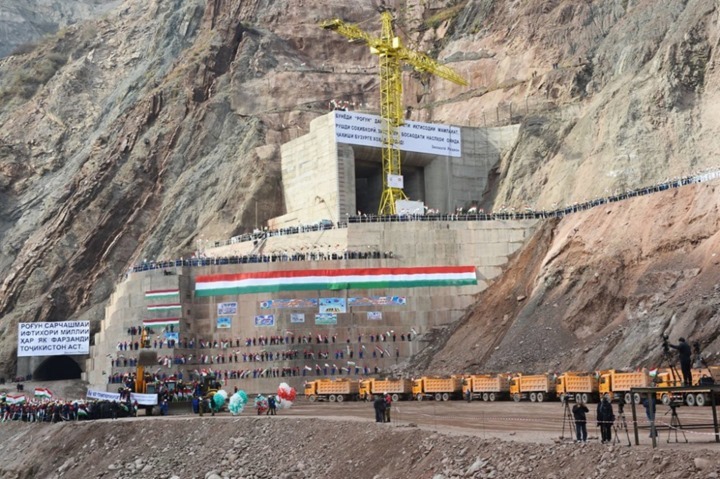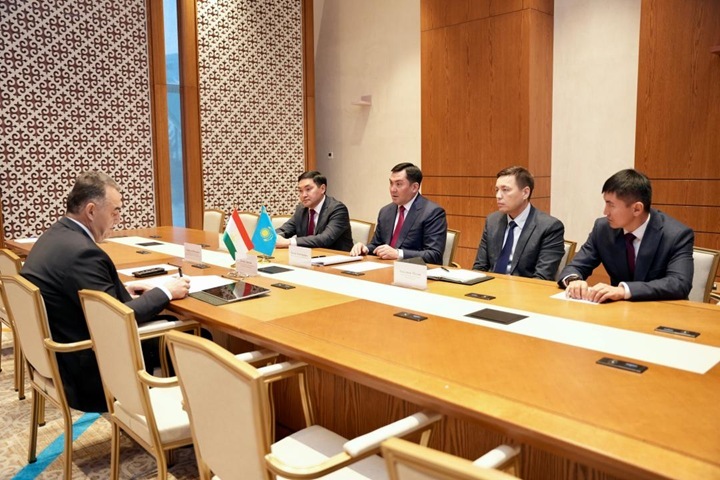Tajikistan’s Minister of Energy and Water Resources, Daler Juma, announced that approximately 70% of the electricity generated by the Rogun Hydroelectric Power Plant (HPP) will be exported to Central Asian countries once the plant reaches full capacity. This was revealed during a meeting of energy ministers from Shanghai Cooperation Organization (SCO) member states held in Astana on June 21.

“The Republic of Tajikistan, which has a significant hydropower potential, continues the construction of the Rogun HPP with a capacity of 3,780 MW. Rogun HPP not only ensures the energy security of Tajikistan but also contributes to increasing the volume of exports to neighboring countries,” Juma stated.
He highlighted that memorandums have already been signed with Uzbekistan and Kazakhstan to facilitate these energy exports.
The Rogun HPP, situated 110 km from Dushanbe on the Vakhsh River, is the largest facility of its kind in the region. Construction began in 1976 but was halted following the collapse of the Soviet Union. Tajikistan later resumed construction independently, bolstered by international funding and assistance.
To date, two of the six planned hydroelectric units have been commissioned, producing over 7 bn kWh of electricity. The third unit is scheduled to come online in 2025. Upon completion, the plant’s 335-meter dam will be the highest in the world. Juma emphasized that the operational units are already significantly contributing to the region’s energy supply, meeting the rising demand in Central Asian countries.
The minister assured that Tajikistan is committed to making all necessary efforts to ensure the export of energy to its Central Asian neighbors. The signed memorandums with Uzbekistan and Kazakhstan outline the framework for developing energy relations between the countries’ energy systems, leveraging the output from Rogun HPP to boost regional energy security and cooperation.






Leave a Reply